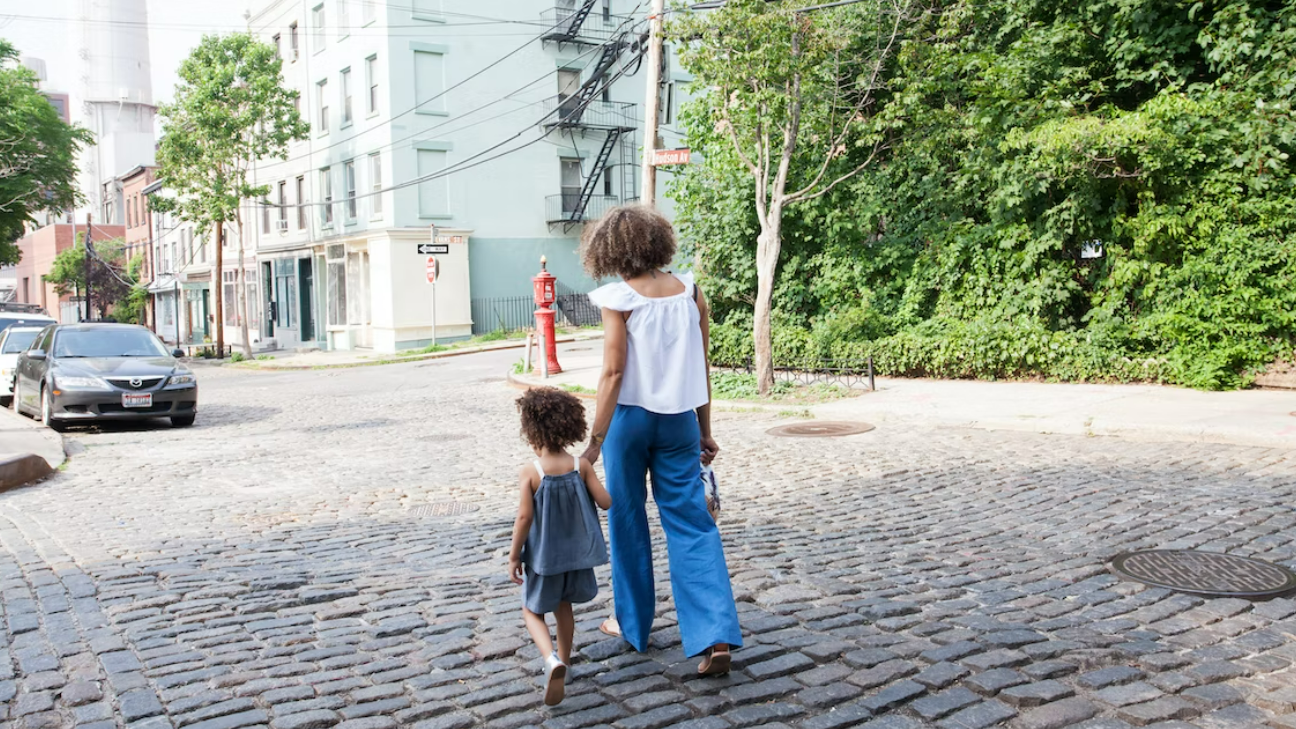In her condemnation of the women’s liberation movement during her 1977 address to the Daughters of the American Revolution, Phyllis Schlafly stated there were two myths of feminism. The first of the oppression “myths” was that liberation was made possible by making women “equal in their right and ability not to be pregnant,” with pregnancy presenting the biggest inequality between women and men. The second great oppression myth, according to Schlafly, was the perceived injustice found in society’s expectation for “women to take care of their babies.” She would go on to protest the principle of government-funded and taxpayer-financed childcare, dismissing it as a method to shift the burden of childcare onto “anybody except the mothers.”
If Schlafly stood on a stage in 2022, she may find receptive crowds; if she didn’t, at the very least, she would find a world not so different from that of 1977. Today, mothers bear the load of childcare, high maternal mortality rates compared to other high-income countries, and a greater chance of facing poverty when single. The COVID-19 pandemic, which revealed cracks in the nation’s childcare infrastructure, led to mothers leaving their jobs by the millions. Perhaps worst of all is the recent overturning of Roe v. Wade, the constitutional guarantee to abortion that Schlafly decried, championed by the second-wave feminists whom she waged war against. Yes, perhaps today, Schlafly would recognize her America.
Yet this is not an America hospitable to mothers, let alone one they can thrive in. Decades since Schlafly’s address and the second-wave feminist movement, little has changed. In 2016, mothers spent an average of 32 hours a week on childcare and housework combined, compared to 18 hours spent by fathers in the same year. This disparity was widened by the birth of a baby, which increased a mother’s workload by 21 hours a week in comparison to the 12.5-hour increase fathers could expect to experience.
The pandemic exacerbated existing problems; faced with school closures and daycare shortages, mothers left work to make up the difference. And while both men and women faced a dip in employment during the pandemic, women lost a greater proportion of jobs — 63% of all those lost — and lagged behind men when it came to recovery. While men had completely recouped pandemic losses by February 2022, in the same month, women remained 1.8 million jobs short of their pre-pandemic figure. And as of June 2022, American women were still short 395,000 jobs compared to February 2020.
Faced with disparities in recovery and the bulk of child-rearing, it’s no wonder that the American mother struggles to keep up with the career gains of her male peers. A University of Michigan study conducted by Cindy Schipani, a professor of business law and administration, found that single women without children were more likely than mothers to have high career attainment. The same study also found that female managers were more likely to face career interrupters such as childbirth and childrearing. Shortages in daycare options worsen the problem; mothers are 40% more likely than fathers to report a negative career impact due to childcare issues, and half of all families experienced difficulties securing child care in 2019. Like many problems facing America’s working mothers, the pandemic heightened this dynamic, as the crucial networks that enabled mothers’ career advances closed.
As big as these problems are, they have managed to fester for years without solution. While 41 other nations provide paid parental leave, the United States boasts zero weeks guaranteed to new mothers. In 2020, the United States also claimed a maternal death rate higher than comparable nations such as Australia, Canada, France, Germany, the United Kingdom, and New Zealand, with the latter having a maternal mortality rate five times lower than that of the U.S. Women of color are especially vulnerable, particularly Black women, who are three times more likely to die of pregnancy-related causes when compared to White women.
Congress has responded to the litany of issues by passing policies like the American Rescue Plan and the Minority Health and Health Disparities Research Endowment Revitalization Act, which include provisions for child care and maternal health research. And as it stands, these laws have the potential to cut away at the myriad of problems mothers face. However, just as the problems plaguing mothers did not originate with the pandemic, without deep, structural change, they are unlikely to leave with the pandemic.
American politicians must take active, sustained steps to combat the economic and social challenges that make American motherhood a minefield, and they shouldn’t wait for massive upheavals like a pandemic to do it. And with the recent overturning of Roe v. Wade slamming the door of choice closed for millions of women, denying them the right to determine when to become mothers, it seems America has a long way to climb before it can truly respect motherhood and womanhood. In the meantime, women across the country will continue on the well-trodden road that is Phyllis Schlafly’s America: one where suffering from governmental inaction is constant.
Image by Sai De Silva is licensed under the Unsplash License.



